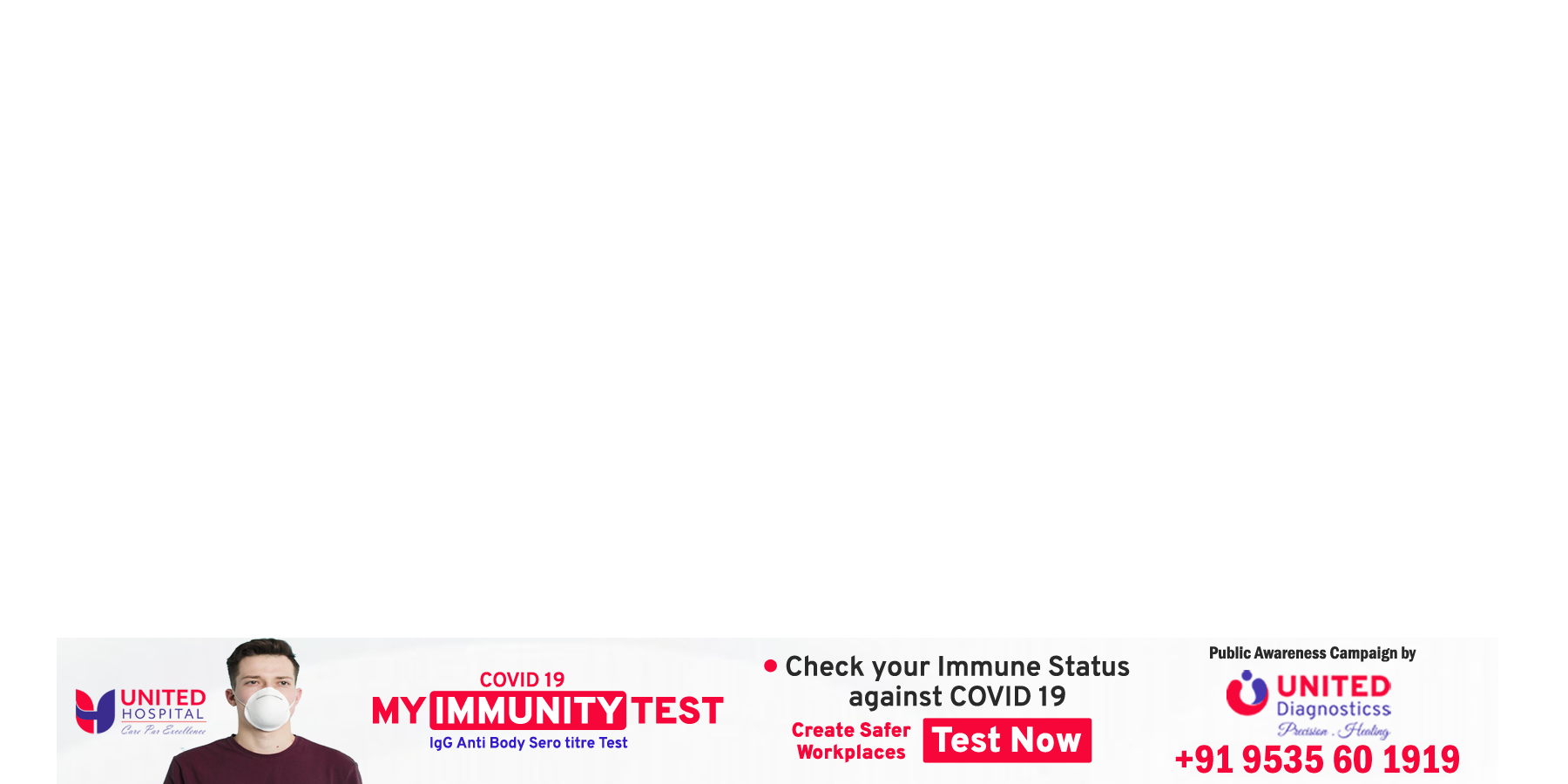Home Articles How much sugar can we safely consume each day? How to help...
KEY STORY
-
Sugar is the most preferred source of the body’s fuel for brain power, muscle energy and every natural process that goes into proper functioning of our body cells,” the Indian Sugar Mills Association said, adding that the calories in sugar are the same as calories from any other food, and it’s only when calories are not burnt adequately or too many are consumed, that bodyweight increases.
-
Consumption in India has stagnated at 19 kilograms per capita per year compared with a global average of 23, the lowest in the world for the spell 2000-2016, it said. Should Indians really increase their sugar intake? How much is healthy to consume in a day?
Sources of sugar:
There are two major sources of sugar::
-
Natural sugar, as found in foods, naturally
-
Added sugar, through granules and in processed foods
-
What the doctors worry about really is the added sugar. The natural sugar contained in fruits, dairy, whole grains etc is easy to break down. According to a paper published by Harvard Medical School, an average American consumes 22 teaspoons of added sugar a day, which amounts to an extra 350 calories.
-
The American Heart Association (AHA) has recommended that Americans drastically cut back on added sugar to help slow the obesity and heart disease epidemics.
-
In comparison, with a per capita consumption of sugar of approximately 10 spoons per day, an average Indian eats almost 18 kg of sugar per year.
-
This is excluding the considerable amounts of sugar in hidden forms from different processed food items that we consume. A single can of a sugary beverage contains up to 40 g (10 teaspoons) of free sugars.
This is all the sugar we need:
The AHA suggests an added-sugar limit of no more than 100 calories per day (about 6 teaspoons or 24 grams of sugar) for most women and no more than 150 calories per day (about 9 teaspoons or 36 grams of sugar) for most men.
How to measure sugar and its calorie content?
There’s no nutritional need or benefit that comes from eating added sugar. A good rule of thumb is to avoid products that have a lot of added sugar, including skipping foods that list “sugar” as the first or second ingredient. Ideally, 4 grams of sugar = 1 teaspoon. While we sometimes add sugar to food ourselves, most added sugar comes from processed and prepared foods. Sugar-sweetened beverages and breakfast cereals are two of the most serious offenders.
-
What we do not realise is that sugar is contained not just in the white sugar granules we consume in tea and desserts, etc. There is huge scope for sugar to creep into our daily diets through hidden sources like ketchup, preserves, rice, bakery products, milk and dairy products etc.
Only this much percentage of your daily calorie intake should be sugar:
-
When you shop or scoop out packaged food, read the label. Check the sugar content. For example, one tablespoon of ketchup has one teaspoon of sugar, says a report in The Times of India. And the sugar intake recommendation (capping) according to the FDA should not be more than 10 per cent of your daily calorie intake.
-
The US National Library of Medicine too, states that “To contain the obesity/overweight epidemic, experts strongly recommend reducing per capita per day consumption of foods and beverages having free sugars to be less than 10% of total daily energy intake.” What’s even more important is that the World Health Organisation has reduced this percentage from 10 to 5 per cent.
What does excess sugar do:
-
According to the US NQTIONQL Library of Medicine study paper: “Cardiovascular diseases, cancer, respiratory diseases, and diabetes account for 80% of all deaths due to noncommunicable diseases (NCDs) in India.” It blames the government for not showing as much enthusiasm about tackling the trifecta of “Salt-sugar-fat” addiction as intensely as it targets the tobacco industry.
-
Per capita consumption of sugar has risen from 22 g/day in 2000 to 55.3 g/day in 2010; table salt ranged between 9 and 12 g/percapita/day, and total fat consumption increased from 21.2 g/day in 2000 to 54 g/day in 2010, (7,8) During the same period, partially hydrogenated vegetable oil (PHVO) consumption (including palm oil) increased from 1.67 to 2.8 g/day, it says.
CONCLUSION
-
It would be wrong to call sugar white poison. What is really required is the control over our daily intake and ensuring that we exercise every day at least in moderate amount. Walk, run, jog, do yoga, take the stairs, cycle etc.
-
If we keep our sugar intake to 5% of our acceptable and recommended calorie intake, and do moderate exercise, it should not ideally cause any NCDs.














